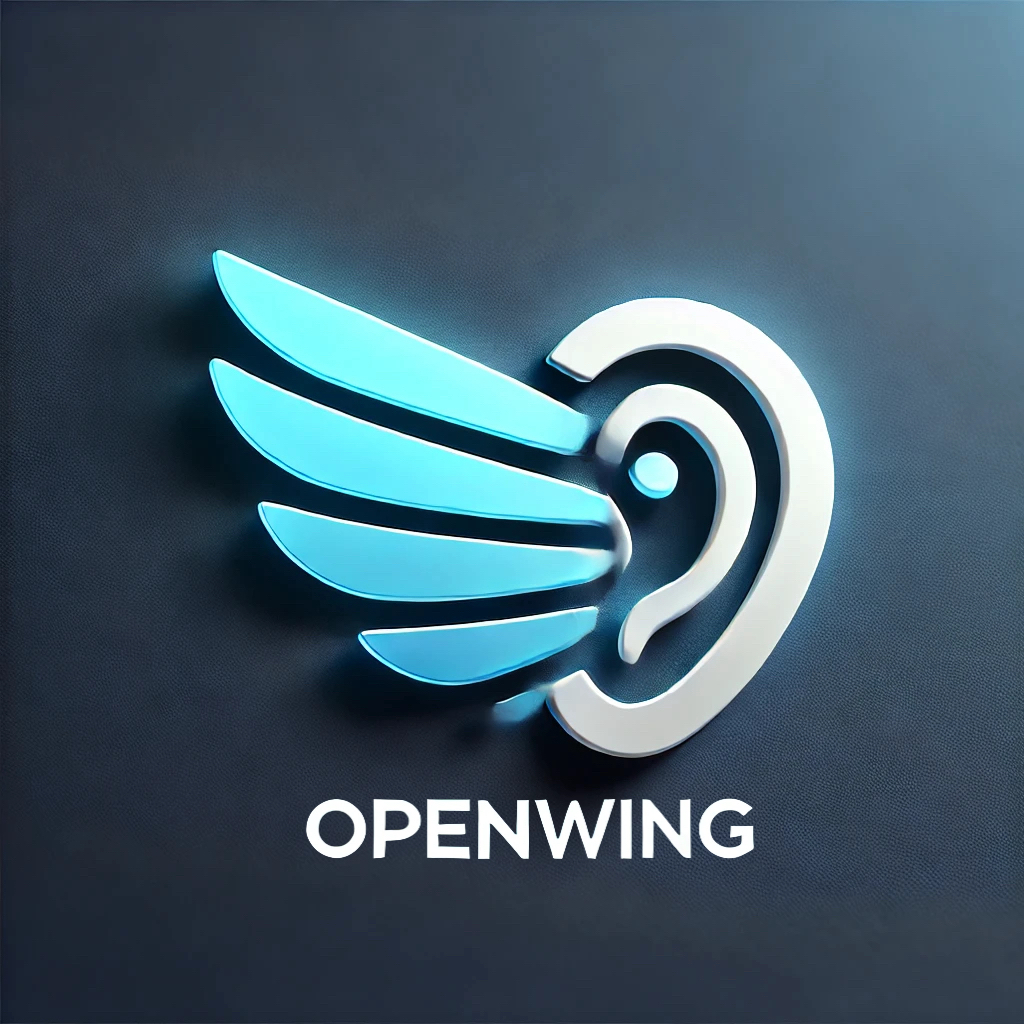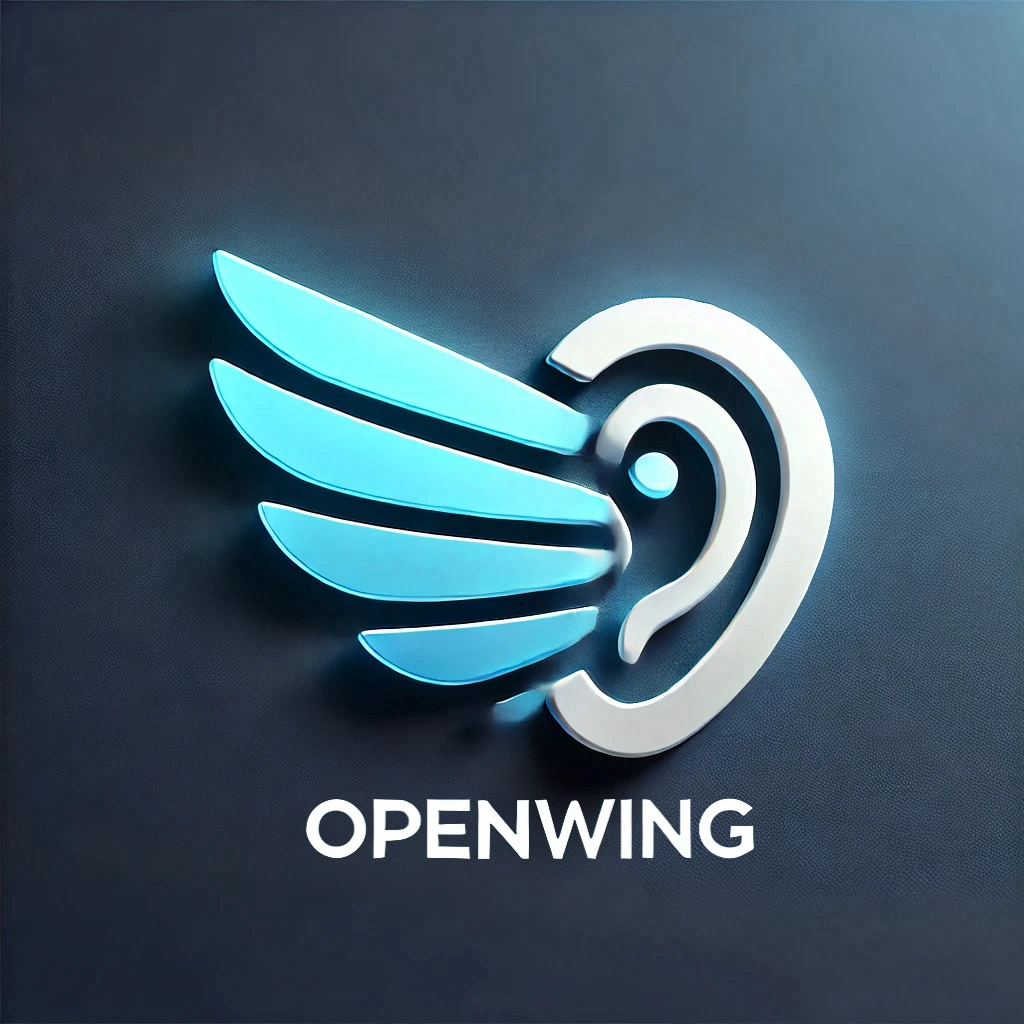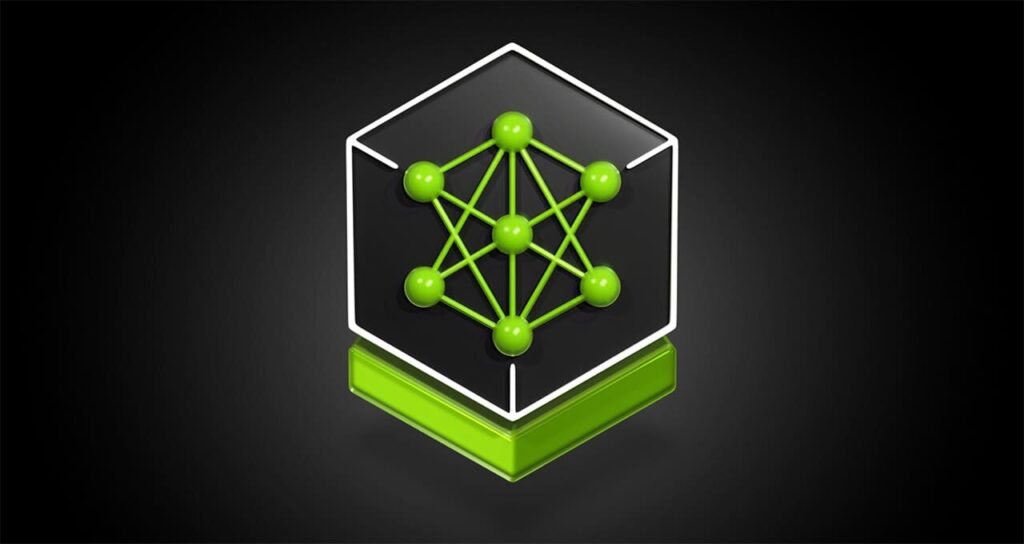The Mistral-NeMo-Minitron 8B represents a new frontier in the realm of artificial intelligence, featuring a compressive design that doesn’t compromise on accuracy. This scaled-down version of the recently introduced Mistral NeMo 12B model epitomizes supreme computational efficiency, enabling its operation across GPU-accelerated data centers, cloud environments, and even desktop workstations.
In the world of generative AI development, a perennial challenge has been the tradeoff between the size of a model and its accuracy. NVIDIA’s newest language model effectively challenges this paradigm by offering an unprecedented blend of compactness and state-of-the-art performance. The Mistral-NeMo-Minitron 8B, a smaller variant of the Mistral NeMo 12B, showcases extraordinary versatility. Despite its reduced size, it excels across an array of benchmarks, whether powering AI-driven chatbots, virtual assistants, content generation tools, or educational applications. Engineered using NVIDIA NeMo, a comprehensive platform for custom generative AI development, this model captures the full spectrum of neural network capabilities.
“By integrating two distinct AI optimization techniques—pruning to condense Mistral NeMo’s 12 billion parameters into a more manageable 8 billion and distillation to enhance precision—we’ve managed to deliver a model that matches its predecessor in accuracy, but at a fraction of the computational expense,” says Bryan Catanzaro, Vice President of Applied Deep Learning Research at NVIDIA.
Unlike larger language models that require extensive computational resources, smaller ones like Mistral-NeMo-Minitron 8B can operate in real-time on conventional workstations and laptops. This is particularly beneficial for organizations with limited technical resources, enabling them to implement AI functionalities efficiently while curtailing costs, boosting operational effectiveness, and minimizing energy consumption. Moreover, local deployment of these models on edge devices offers an additional layer of security, reducing the need for data transmission to external servers.
To facilitate an easier adoption process, developers can access Mistral-NeMo-Minitron 8B through NVIDIA NIM microservices, equipped with a standard API. Alternatively, the model can be downloaded directly from Hugging Face. Soon, an NVIDIA NIM will be available for rapid deployment on any GPU-accelerated system.
Leading Performance for Its Scale
For its compact size, the Mistral-NeMo-Minitron 8B sets a new standard in language model benchmarks. It excelled in nine key areas, including language understanding, commonsense reasoning, mathematical and code-based problems, summarization, and generating accurate responses.
As an NVIDIA NIM microservice, this model is finely tuned for low latency, providing faster response times and improved computational efficiency during production. Developers needing an even more compact model for specific applications, such as embedded systems or smartphones, can utilize NVIDIA AI Foundry to further prune and distill the 8-billion-parameter model, tailoring it to their unique requirements.
The AI Foundry platform delivers a turnkey solution for custom model development, supported by the NVIDIA NeMo platform and NVIDIA DGX Cloud services. Additionally, access to NVIDIA AI Enterprise guarantees a secure, stable, and well-supported environment for deploying AI solutions into production.
Given the high baseline accuracy of the Mistral-NeMo-Minitron 8B, models derived from it using AI Foundry techniques yield precise results with significantly reduced training datasets and computational power.
Mastering Optimization Techniques: Pruning and Distillation
Achieving high levels of accuracy in a smaller model necessitates a combination of pruning and distillation techniques. Pruning simplifies the neural network by eliminating less significant weights, resulting in a leaner model. This pruned model is then retrained using a smaller dataset to regain and, in many cases, improve upon its initial accuracy.
The result is an efficient, highly accurate model that matches the performance of its larger counterpart but at a fraction of the computational cost. This intricate process leverages only a segment of the original dataset, reducing the computational burden by up to 40 times compared to training a smaller model from scratch.
For those interested in the technical intricacies, NVIDIA’s detailed blogs and technical reports offer deeper insights.
In related news, NVIDIA introduced another compact language model, Nemotron-Mini-4B-Instruct, noted for its low memory demands and rapid response times on NVIDIA GeForce RTX AI PCs and laptops. Available as an NVIDIA NIM microservice, it supports both cloud-based and on-device deployments and forms part of NVIDIA ACE, a comprehensive suite of digital human technologies powered by generative AI.
Both models can be experienced as NIM microservices, accessible via a browser or an API at ai.nvidia.com.
Explore the realm of next-gen AI models and discover the advantages of sophisticated, efficient language processing capabilities.


